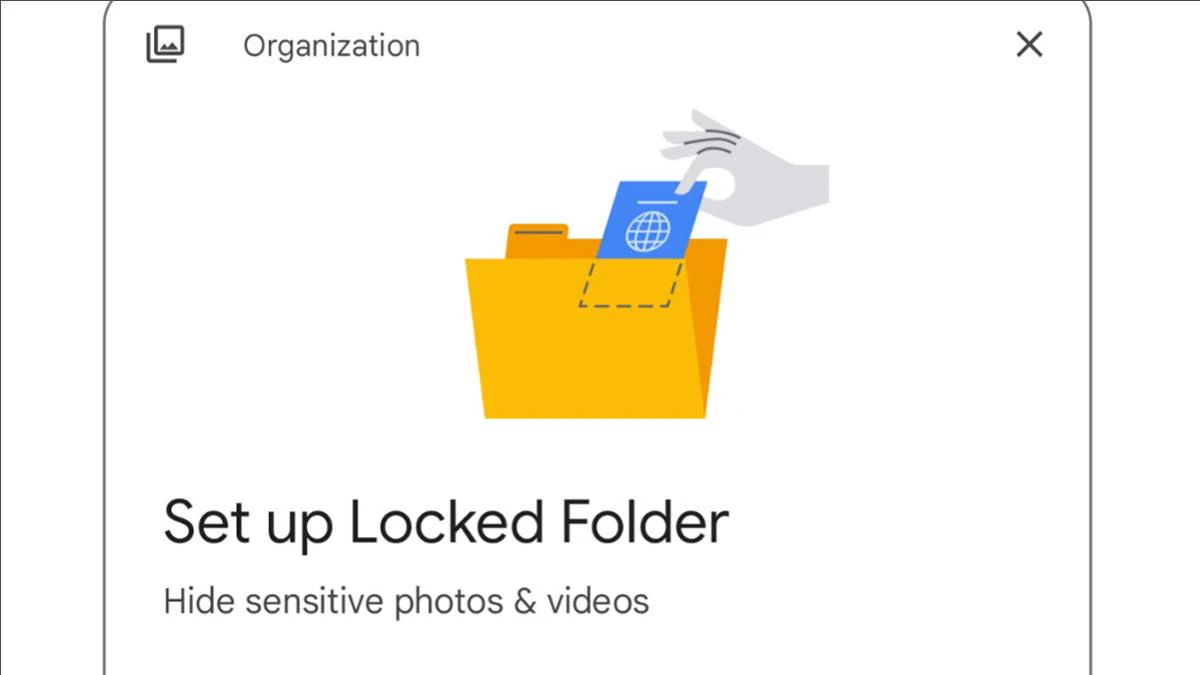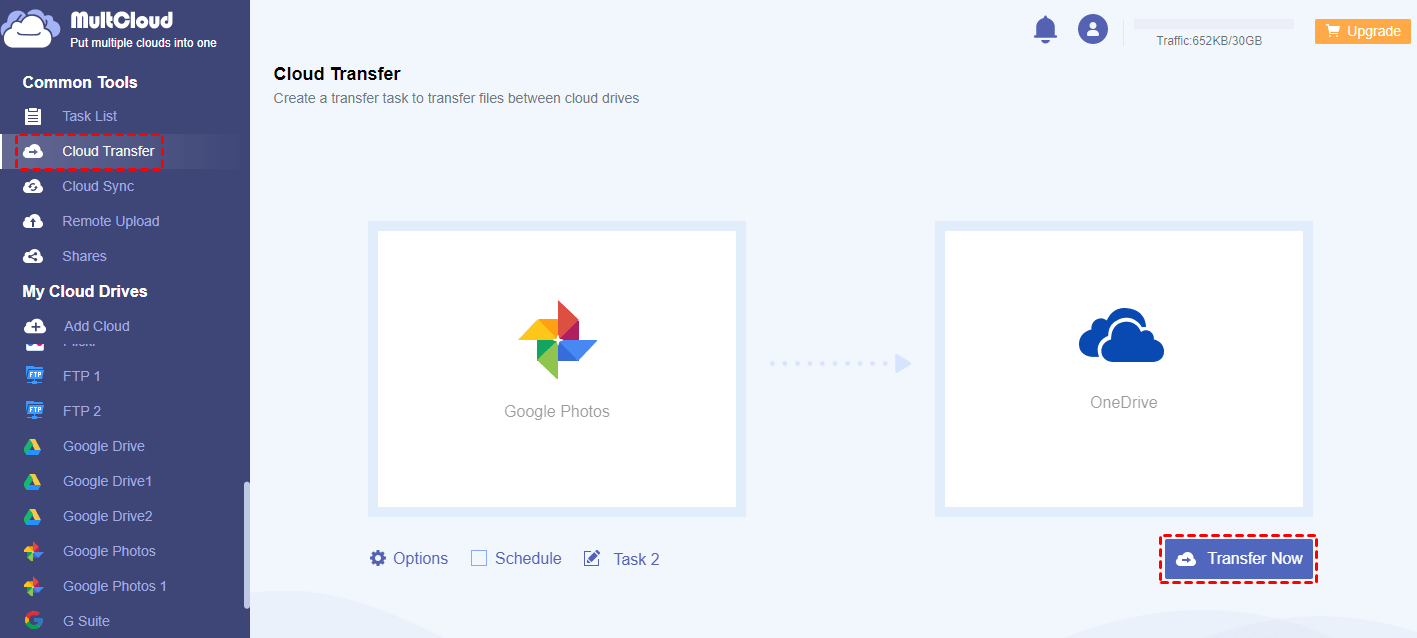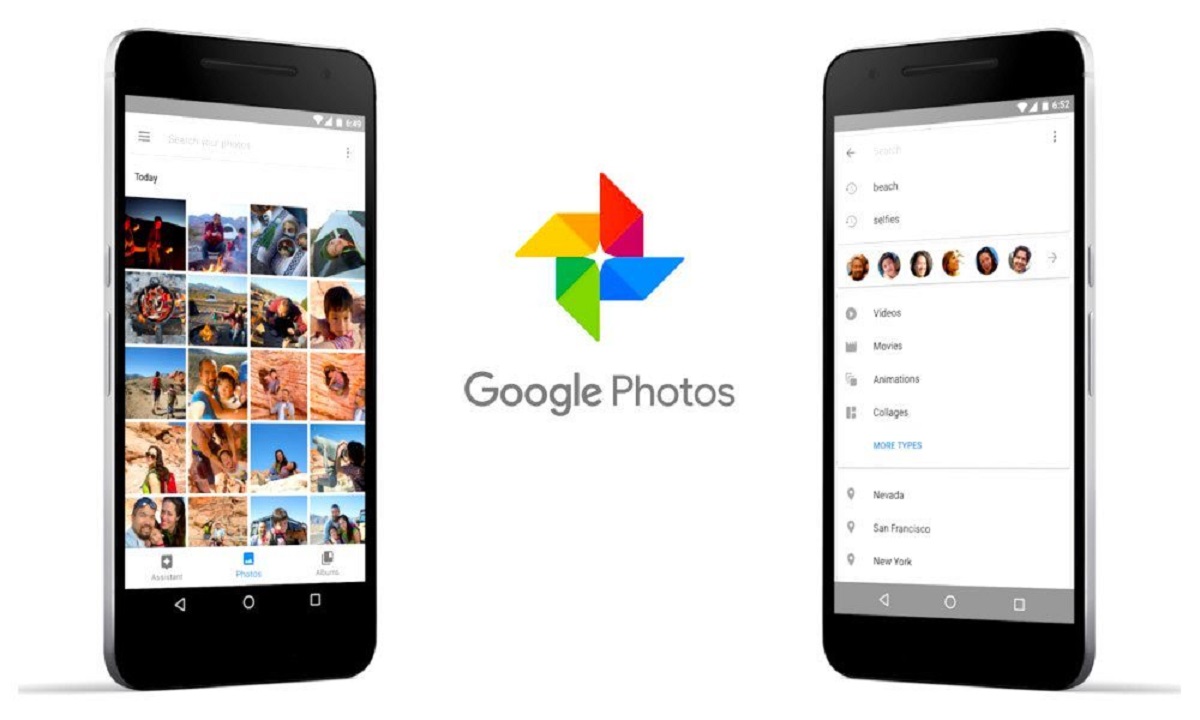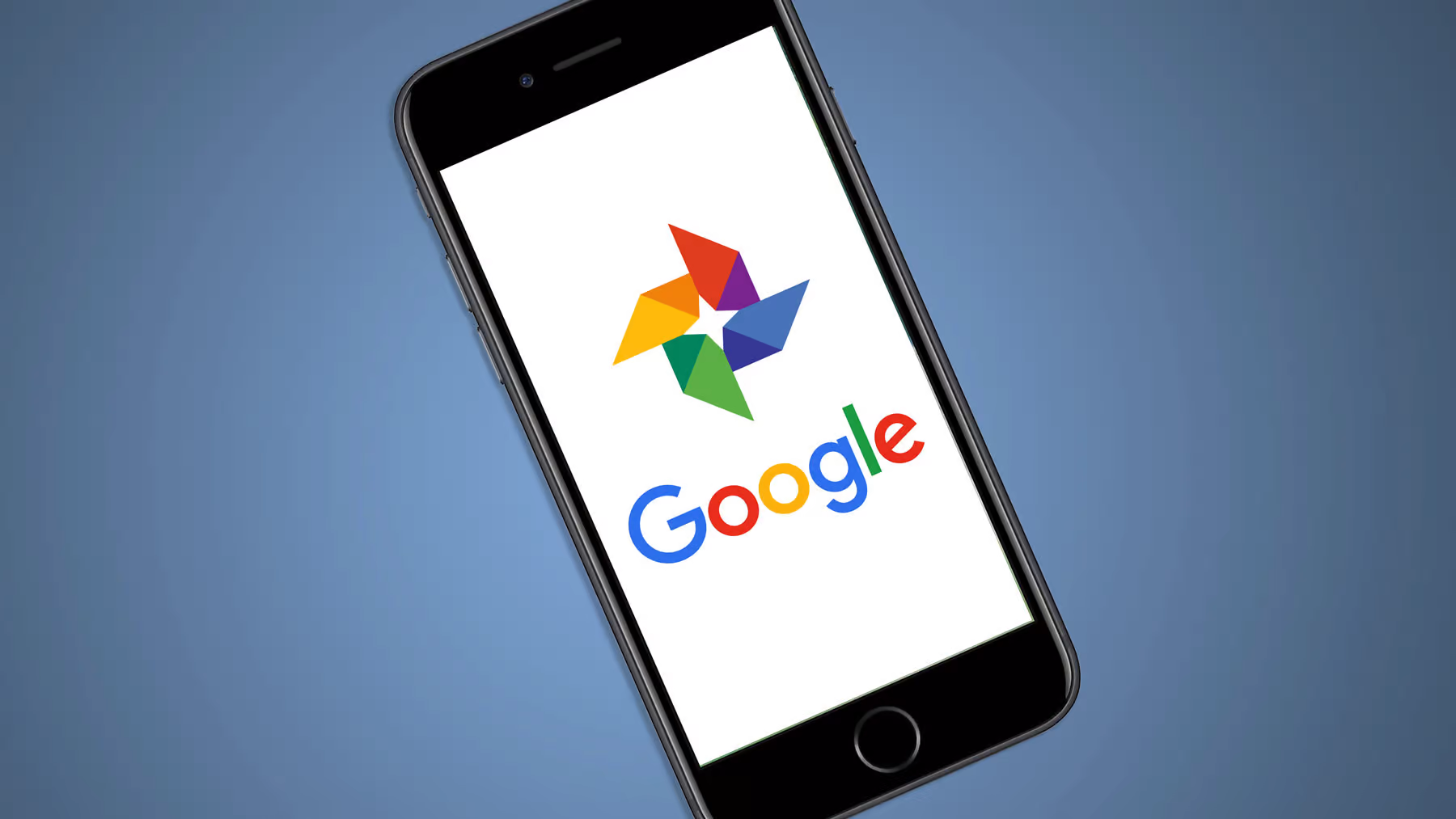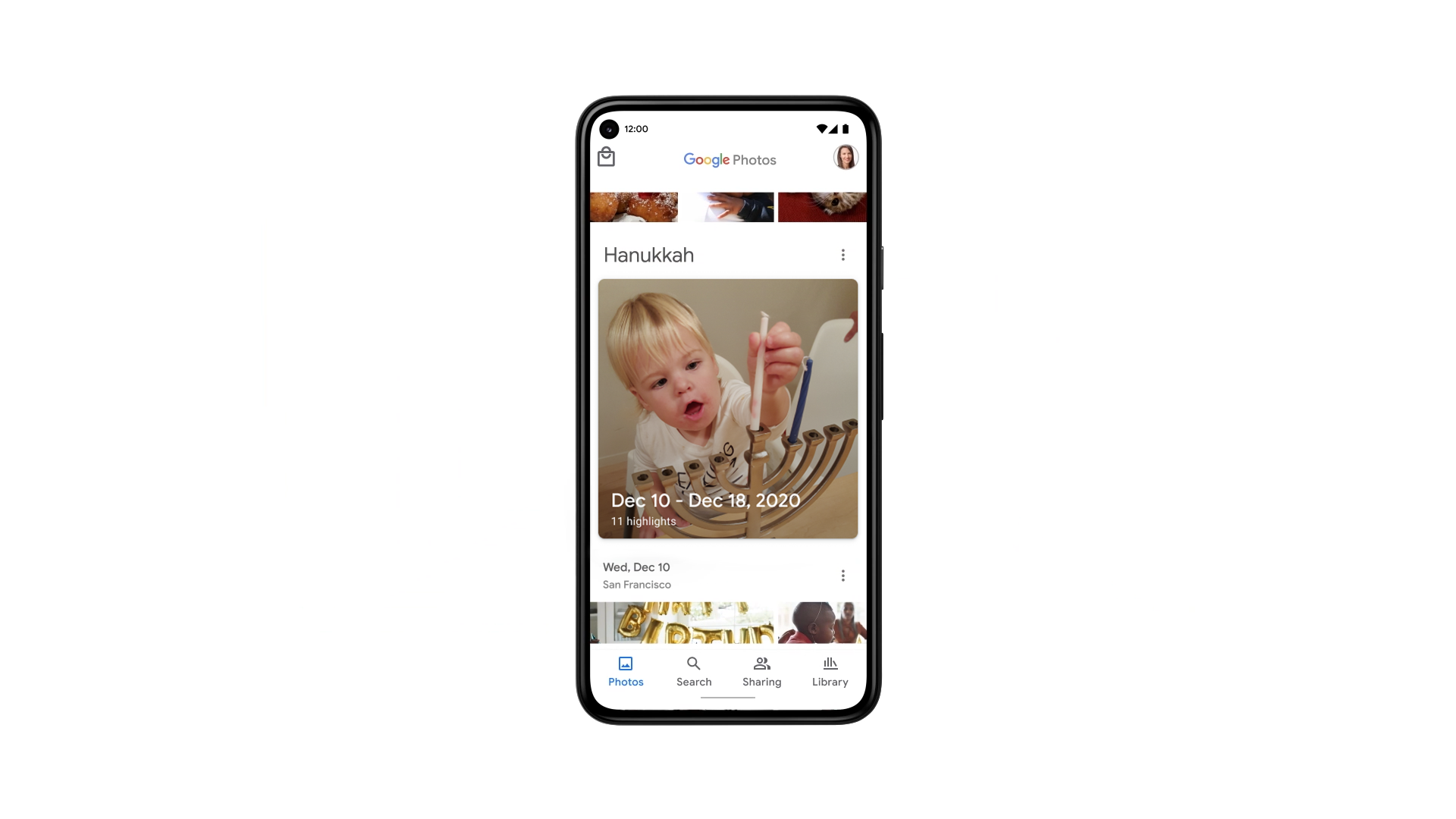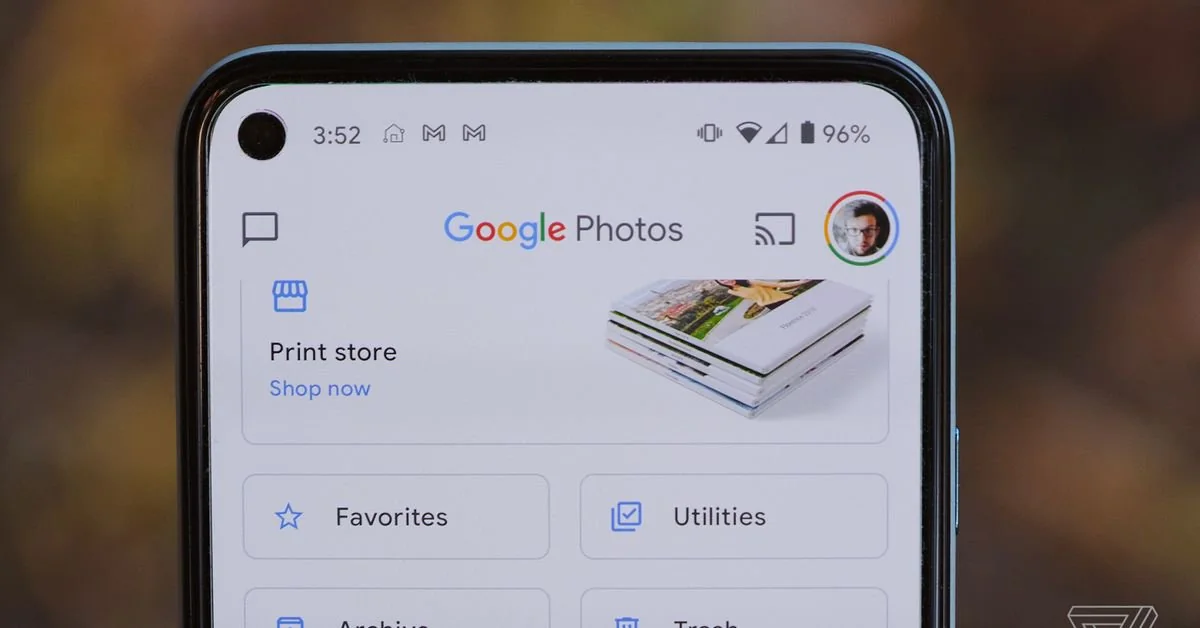Overview of Google Photos
Google Photos is a popular cloud-based storage platform that allows users to easily store, organize, and share their photos and videos. Launched in 2015, it has become one of the most widely used photo management services, with over a billion users worldwide. The platform offers a range of features, including automatic backup, intelligent search capabilities, and seamless integration with other Google services.
One of the reasons for the widespread adoption of Google Photos is its user-friendly interface and accessibility. The service can be accessed through the web or mobile apps, making it convenient for users to upload and access their photos and videos from anywhere, anytime. Additionally, Google Photos employs advanced machine learning algorithms to organize and categorize photos based on various factors, such as people, places, and objects, making it effortless to locate specific images within the vast library.
Beyond its convenience and organization features, Google Photos offers an array of editing tools to enhance the visual appeal of photos and videos. Users can apply filters, adjust brightness and contrast, crop, and even create animations or collages directly within the app. The seamless integration with Google’s suite of applications, such as Google Drive and Gmail, further enhances the utility of Google Photos as a comprehensive media management solution.
Furthermore, Google Photos provides a seamless experience for sharing photos and videos with others. Users can easily create albums and choose whether to share them publicly or privately with selected individuals. Collaborative album creation allows multiple people to contribute their photos to a shared collection, making it ideal for group events and collaborations.
With its user-friendly interface, powerful search capabilities, and comprehensive sharing options, Google Photos has become a go-to platform for individuals and businesses alike to manage and preserve their valuable memories. However, while Google Photos offers a range of features that enhance user experience, it is essential to consider the security measures employed by the platform to safeguard user data and protect privacy.
Security measures implemented by Google Photos
Google takes the security and privacy of user data seriously, and Google Photos is no exception. The platform has implemented several measures to ensure the protection of photos and videos stored within the service.
One of the key security features of Google Photos is encryption. All photos and videos uploaded to Google Photos are encrypted both in transit and at rest. This means that the data is securely transmitted over the internet and stored in an encrypted format on Google’s servers. Encryption helps prevent unauthorized access to user content, adding an extra layer of protection.
In addition to encryption, Google Photos also implements strict access control and authentication mechanisms. Users must sign in with their Google account credentials to access their photos and videos. This ensures that only authorized individuals can view and manage the stored media. Furthermore, Google’s robust authentication infrastructure helps safeguard against unauthorized attempts to access user accounts.
When it comes to backup and data protection, Google Photos offers reliable and secure solutions. The platform automatically backs up users’ photos and videos from their connected devices to the cloud, ensuring that valuable memories are not lost in the event of device damage or loss. The data is redundantly stored across multiple data centers, minimizing the risk of data loss. The use of advanced storage technologies and backup protocols further ensures the integrity and availability of user content.
User privacy and control are also fundamental aspects of Google Photos’ security measures. The platform provides users with granular control over privacy settings, allowing them to choose who can view, share, or comment on their photos and videos. Users can also choose to enable or disable face recognition features for tagging individuals in their images. This level of control empowers users to personalize their privacy preferences according to their comfort levels.
To protect against potential risks and vulnerabilities, Google maintains a dedicated security team that conducts regular audits, vulnerability assessments, and threat modeling exercises. This proactive approach helps identify and address security gaps to ensure a secure environment for user data.
Overall, Google Photos employs a robust set of security measures to protect the privacy and integrity of user data. However, it is always advisable for users to take additional precautions, such as using strong and unique passwords, enabling two-factor authentication, and regularly reviewing privacy settings, to enhance their overall security posture.
Encryption of photos and videos in Google Photos
One of the fundamental security measures implemented by Google Photos is the encryption of photos and videos. Encryption is a process that converts data into an unreadable form by using encryption algorithms. This ensures that even if an unauthorized party gains access to the encrypted data, they cannot decrypt and view its contents without the encryption key.
Google Photos employs encryption both during the transmission of data and while it is at rest. This means that when photos and videos are uploaded to Google Photos from a user’s device, they are encrypted before being transmitted over the internet. This protects the data from interception and ensures that it remains confidential during transit.
Once the encrypted data reaches Google’s servers, it is stored in an encrypted format. Google uses advanced encryption algorithms and industry-standard practices to protect the stored data. The encryption keys, which are necessary to decrypt the data, are securely managed and stored separately from the encrypted content.
Google Photos uses a combination of symmetric and asymmetric encryption. Symmetric encryption uses the same key to both encrypt and decrypt the data. This ensures efficient and fast encryption and decryption processes. Asymmetric encryption, on the other hand, involves the use of different keys for encryption and decryption. This allows for secure key exchange and ensures additional security for the encrypted data.
By implementing encryption in Google Photos, Google provides an additional layer of security to protect user photos and videos from unauthorized access. Encryption helps safeguard against data breaches, hacking attempts, and unauthorized viewing of sensitive content. Even if a breach were to occur, the encrypted data would be extremely difficult to decipher without the encryption keys.
It’s important to note that while Google Photos encrypts user data, it does not prevent Google from accessing the encrypted content. As a cloud-based service, Google relies on certain levels of access to the data for operations like search, indexing, and providing various features and functionalities. However, Google has strict privacy policies and legal obligations that govern how user data is handled, ensuring that it is treated with the highest level of security and confidentiality.
Overall, the encryption of photos and videos in Google Photos adds an extra layer of protection to user data, safeguarding it from unauthorized access and maintaining user privacy.
Access control and authentication in Google Photos
Google Photos utilizes robust access control and authentication mechanisms to ensure that only authorized users can access and manage their photos and videos. These measures help safeguard user privacy and prevent unauthorized access to sensitive content.
To access Google Photos, users are required to sign in with their Google account credentials. This authentication process verifies the user’s identity and ensures that only legitimate account holders can access their media. Google’s authentication infrastructure employs strong encryption techniques and secure protocols to protect sensitive user information, such as passwords and login credentials.
In addition to authentication, Google Photos offers an array of access control features. Users have the ability to control who can view, share, and collaborate on their photos and videos. They can specify whether an album or individual media items are shared publicly or privately with specific individuals or groups. This level of control allows users to maintain their desired privacy settings and restrict access to their content as needed.
Google Photos also provides the option to enable or disable face recognition features. This feature allows the platform to automatically recognize and tag individuals in photos. By giving users the ability to control this feature, Google ensures that users have the final say in how their personal information and images are handled.
Furthermore, Google employs advanced access control mechanisms to protect user data within its infrastructure. Strict role-based access controls and access policies ensure that only authorized personnel, who require access for legitimate reasons, can interact with user data. Additionally, Google continuously monitors and audits access logs to detect any unauthorized access attempts and takes appropriate measures to mitigate any potential threats.
It’s worth noting that users can further enhance their account security by enabling two-factor authentication (2FA). With 2FA enabled, users are required to provide an additional verification code, typically generated on their mobile device, besides their password when signing in. This adds an extra layer of security and significantly reduces the risk of unauthorized access to the account.
By implementing strong access control and authentication measures, Google Photos ensures that user data remains secure and protected. These mechanisms help prevent unauthorized users from gaining access to sensitive photos and videos, allowing users to have peace of mind while using the platform.
Backup and data protection in Google Photos
Google Photos provides users with reliable backup and data protection mechanisms, ensuring that their precious photos and videos remain safe and accessible even in the face of device loss or damage. These features offer peace of mind by safeguarding valuable memories and preventing data loss.
One of the key features of Google Photos is its automatic backup functionality. When enabled, the platform seamlessly and continuously uploads photos and videos from a user’s connected devices to their Google Photos account. This ensures that every new capture is securely stored in the cloud, preventing the risk of losing irreplaceable content due to accidental deletion, hardware failure, or theft.
In addition to automatic backup, Google employs robust data protection measures to ensure the integrity and availability of user data. Photos and videos are redundantly stored in multiple data centers, minimizing the risk of data loss due to hardware failures or other unforeseen events. This redundancy ensures that even if one data center experiences issues, the users’ content remains accessible from other locations.
Google Photos also leverages advanced storage technologies and backup protocols to protect user data. These technologies ensure that data is securely transmitted and stored, protecting it from unauthorized access during both backup and retrieval processes. Additionally, Google’s infrastructure undergoes continuous monitoring, vulnerability assessments, and security audits to identify and address any potential security risks that may arise.
It’s important to note that while Google Photos offers secure backup and data protection, it is always advisable for users to maintain a backup of their important photos and videos outside of the platform. This can be done by periodically downloading and storing local copies or using alternative backup solutions. Having an additional backup ensures an extra layer of protection and reduces reliance solely on any single service.
Furthermore, users should be aware of their responsibility to maintain the security of their Google account. This includes using strong and unique passwords, enabling two-factor authentication (2FA), and regularly reviewing security settings. By taking these precautions, users can add an extra layer of protection to their Google Photos account and further enhance data security.
Overall, the backup and data protection features in Google Photos provide users with a reliable and secure platform for preserving their memories. With automatic backup, redundant storage, and advanced data protection measures, users can rest assured that their photos and videos are in safe hands.
Privacy settings and user control in Google Photos
Google Photos offers users a range of privacy settings and controls, empowering them to manage their photos and videos and determine who can access and interact with their content. This ensures that users have full control over their privacy preferences and the sharing of their personal media.
One of the key privacy settings in Google Photos allows users to specify the visibility of their albums and media items. Users can choose whether an album is shared publicly, privately, or with specific individuals or groups. This level of control ensures that users can decide who can view their content, allowing them to maintain their desired level of privacy.
Additionally, Google Photos provides fine-grained control over sharing options. Users can selectively share photos or videos with specific contacts via their Google account or email addresses. They can also generate shareable links to individual media items or albums, offering flexibility in sharing content with others, even if the recipients do not have Google Photos accounts.
Collaboration is another aspect of user control in Google Photos. Users can invite others to contribute photos to a shared album, making it easy to collect and collaborate on visual memories captured during events and group activities. This collaborative album creation feature allows multiple individuals to add their photos to a collective online space, fostering shared experiences and enabling seamless collaboration.
Google Photos also offers control over face recognition features. Users can choose to enable or disable face recognition, which automatically detects and tags individuals in their photos. By giving users the option to control this feature, Google ensures that users have the final say in how their personal information and images are handled.
Furthermore, users have control over their account settings and can manage their privacy preferences within Google Photos. They can review and modify sharing settings, change visibility options, and adjust other privacy-related configurations. This level of control empowers users to personalize their experience and tailor their privacy settings to their comfort levels.
It is important to note that users should be mindful of the privacy implications of sharing their photos and videos. While Google provides tools and settings for privacy control, it is ultimately the user’s responsibility to exercise discretion when sharing sensitive or private content.
By offering a range of privacy settings and user control features, Google Photos puts users in the driver’s seat when it comes to managing their privacy and sharing preferences. This ensures that users have the ability to tailor their Google Photos experience to their personal preferences and maintain control over the visibility and sharing of their valuable memories.
Potential risks and vulnerabilities in Google Photos
While Google Photos incorporates various security measures, it is crucial to be aware of potential risks and vulnerabilities that exist in any cloud-based service. Understanding these risks allows users to take additional precautions to protect their data and mitigate the associated risks.
One potential risk is the possibility of data breaches. Despite robust security measures in place, no system is completely immune to hacking attempts. Although Google has a dedicated security team that conducts regular audits and employs industry best practices, it is still essential for users to maintain strong, unique passwords and enable two-factor authentication to reduce the risk of unauthorized access to their Google accounts.
Another concern is the unintentional exposure of private content. While Google Photos offers privacy settings and user control features, users must be cautious about sharing sensitive or personal photos publicly or with unintended recipients. Reviewing sharing settings and using the appropriate visibility options, such as creating private albums or sharing only with trusted contacts, helps minimize the risk of accidental exposure.
There is also a potential for privacy issues related to facial recognition technology in Google Photos. While the feature can be useful for organizing and tagging photos, it may raise privacy concerns for some users. It is important to be aware of the implications of enabling face recognition and to review and modify settings as desired to ensure personal preferences and privacy are respected.
While Google Photos employs encryption to protect data in transit and at rest, there is still a risk of encryption-related vulnerabilities. Although rare, significant advances in encryption technology or the discovery of weaknesses in encryption algorithms could potentially pose a security risk. Google maintains a vigilant approach by staying up to date with the latest encryption practices and promptly addressing any vulnerabilities that may arise.
Furthermore, it is important to consider the potential risks associated with third-party integrations and unauthorized access to synced accounts. Users should exercise caution and carefully review the permissions and privacy policies when integrating other apps or services with Google Photos. It is also advisable to regularly review and revoke access for any third-party applications that are no longer needed or trusted.
While Google Photos strives to provide a secure environment for storing and managing photos and videos, users should remain vigilant and take additional steps to protect their data. This includes keeping software and devices up to date, being cautious of phishing attempts and suspicious links, and regularly reviewing and adjusting privacy and security settings.
By being aware of potential risks and vulnerabilities and practicing good security habits, users can leverage the benefits of Google Photos while minimizing the associated risks.
Tips for enhancing security in Google Photos
While Google Photos incorporates various security measures, there are several additional steps users can take to enhance the security of their photos and videos stored in the platform. By implementing these tips, users can further safeguard their valuable memories and maintain their privacy.
1. Enable two-factor authentication (2FA): Two-factor authentication adds an extra layer of security by requiring a second verification step, such as a verification code sent to a mobile device, in addition to the password. Enabling 2FA significantly reduces the risk of unauthorized access to the Google account associated with Google Photos.
2. Use a strong and unique password: Creating a strong, unique password for your Google account is crucial. Avoid using obvious combinations and include a mix of upper and lowercase letters, numbers, and special characters. Additionally, refrain from reusing passwords across different platforms.
3. Regularly review privacy and security settings: Take the time to review the privacy and security settings in Google Photos. Customize sharing preferences, evaluate visibility options for albums and media items, and adjust other settings according to your comfort level. Periodically reviewing and updating these settings ensures that you have the desired level of control and privacy.
4. Be cautious with sharing and visibility: Exercise caution when sharing photos and videos in Google Photos. Double-check visibility settings before sharing content publicly or with specific individuals. Avoid sharing sensitive or private content unintentionally by paying attention to the recipients and sharing settings for each album or media item shared.
5. Stay vigilant against phishing attempts: Be cautious of phishing attempts that aim to trick users into revealing their sensitive information. Be wary of suspicious emails or messages asking for login credentials or personal information. Always verify the authenticity of the source before providing any sensitive information.
6. Keep devices and software up to date: Regularly update your devices, including smartphones, tablets, and computers, as well as the Google Photos app itself. Updates often include security patches that help protect against known security vulnerabilities.
7. Review and manage connected apps: If you have integrated any third-party apps with Google Photos, periodically review the permissions granted to these apps and consider revoking access for any apps that are no longer needed or trusted. This can help minimize the risk of unauthorized access to your data.
8. Backup photos and videos locally: While Google Photos provides a reliable backup solution, it is always advisable to maintain a local backup of your valuable photos and videos. Consider periodically downloading and storing copies of important media on external hard drives or other offline storage solutions to ensure redundancy and further protect against data loss.
By implementing these tips, users can enhance the security of their Google Photos account and better protect their valuable memories. While Google Photos offers robust security measures, being proactive and mindful of data protection is essential to maintain the privacy and integrity of your photos and videos.
Conclusion
Google Photos offers users a convenient and feature-rich platform for storing, organizing, and sharing their photos and videos. With its user-friendly interface, intelligent search capabilities, and advanced editing tools, it has revolutionized the way users manage their visual memories.
However, it is essential to consider the security measures implemented by Google Photos to protect user data and maintain privacy. Encryption of photos and videos, robust access control and authentication mechanisms, backup and data protection features, and user control settings all contribute to creating a secure environment for users.
While Google Photos takes significant steps to ensure the security of user data, it is important for users to be aware of potential risks and vulnerabilities that exist in any cloud-based service. By following tips such as enabling two-factor authentication, using strong and unique passwords, reviewing privacy settings, and remaining vigilant against phishing attempts, users can enhance the security of their Google Photos accounts.
In conclusion, with its powerful features and security measures, Google Photos provides users with a reliable and secure platform for preserving their valuable memories. By leveraging the benefits of Google Photos while taking additional precautions, users can enjoy the convenience and accessibility of the platform while maintaining the privacy and integrity of their photos and videos.







